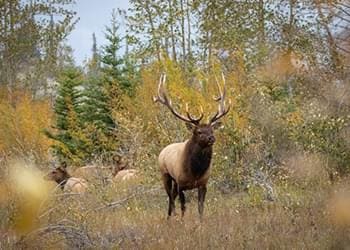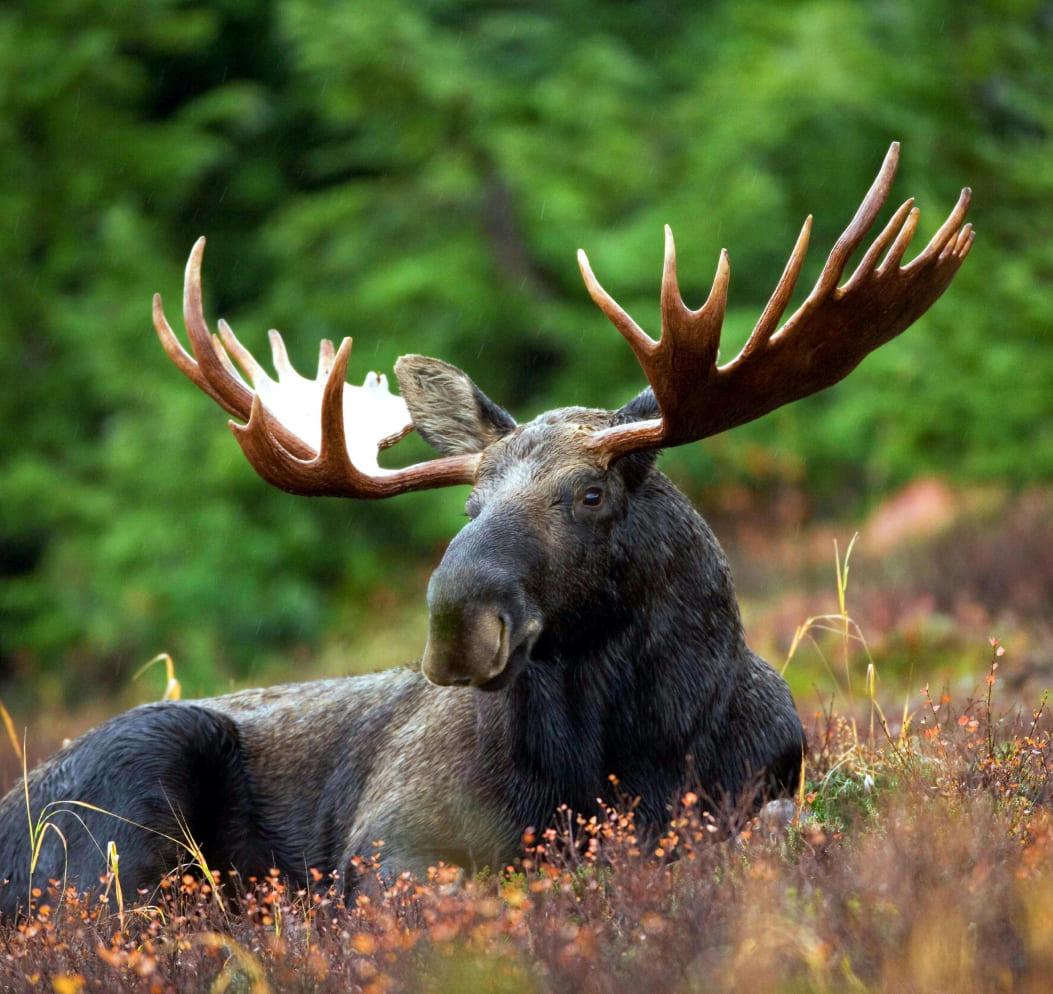Jungle Predators: Stealth and Power
Jungle predators such as jaguars, leopards, and tigers are known for their stealth, speed.
Giant Creatures of the Ocean
Marine animals like sharks, rays, and sea turtles represent the mysterious world beneath the waves.
Playful Creatures of the African Plains
Giraffes, rhinos, and antelopes are some of the most recognizable inhabitants of Africa’s plains.

Nocturnal Hunters: Eyes of the Night
Owls, bats, and other nocturnal animals are adapted to life in the dark, making them fascinating creatures to observe. Owls are known for their silent flight and piercing eyes, while bats use echolocation to navigate the night sky. These animals give visitors a glimpse into the world that comes alive when the sun sets.
About Us
Agile Primates: Masters of the Trees
Monkeys, gibbons, and orangutans display incredible agility and intelligence as they swing from tree to tree in their enclosures.

How Zoos Help Combat Extinction
As the threat of extinction grows for many species around the world, zoos have become important institutions in the global effort to combat this crisis. Through breeding programs, habitat protection, and raising public awareness, zoos contribute to the survival of species that might otherwise be lost forever.
Read More

The Challenges of Reintroducing Animals to the Wild
While breeding animals in captivity is a crucial part of conservation efforts, reintroducing them into the wild presents its own set of challenges. Many factors must be considered to ensure that reintroduced animals can survive and thrive in their natural habitats, and zoos and conservationists.
Read More

The Role of Zoos in Scientific Research
Zoos are not only places where animals are cared for and displayed for public education—they are also centers for scientific research that contribute to our understanding of wildlife and help shape conservation efforts. Research conducted in zoos provides valuable insights into animal behavior.
Read More





Gentle Giants of the Forest
Elephants, both African and Asian, are known for their deep family bonds and incredible intelligence. At the zoo, visitors can see how these giants communicate with one another through low-frequency sounds and subtle body movements. Whether interacting with their young or using their trunks to grasp food, elephants are a reminder of the power of nature and the importance of conservation.
AnimalsHistory
For a more hands-on experience, the zoo often features farmyard animals such as goats, sheep, and chickens.

The Role of Zoos in Wildlife Conservation
Zoos play a critical role in wildlife conservation, both in preserving endangered species and educating the public about the importance of biodiversity. As natural habitats shrink and the threat of extinction looms for many species, zoos have become vital institutions for ensuring the survival of some of the world's most vulnerable animals.

The Behavioral Adaptations of Animals in Captivity
Animals in captivity often display unique behavioral adaptations compared to their wild counterparts. While many of these behaviors are shaped by the controlled environments in which they live, zoos strive to create enclosures and enrichment programs that allow animals to express their natural instincts as much as possible.

The Importance of Enrichment for Zoo Animals
Enrichment is one of the most important tools used by modern zoos to improve the physical and mental well-being of the animals in their care. Without the challenges and stimuli they would encounter in the wild, zoo animals can become bored, frustrated, or even develop health problems. Enrichment activities are designed to encourage natural behaviors and provide animals with the mental and physical stimulation they need to thrive.

The Impact of Zoos on Public Education
Zoos are not only places for animal conservation and protection; they also serve as powerful tools for public education. Zoos offer visitors the opportunity to see animals up close, learn about their behaviors, and understand the challenges these species face in the wild. This firsthand experience is invaluable in fostering a sense of connection and responsibility towards wildlife and the environment.

Challenges and Ethical Considerations in Modern Zoos
As zoos have evolved over the years, they have faced numerous challenges and ethical considerations regarding the care and treatment of animals. Modern zoos strive to balance the need for animal welfare with their goals of education, conservation, and public engagement. This balance requires careful planning, transparency, and a commitment to continually improving the lives of the animals in their care.

The Role of Zoos in Preserving Biodiversity
Biodiversity is the foundation of healthy ecosystems and is essential for the survival of all species, including humans. However, the rapid loss of biodiversity due to habitat destruction, climate change, and human activity poses a significant threat to the planet's future. Zoos have emerged as critical players in the fight to preserve biodiversity.
River Kings: Masters of the Waterways
Hippos, otters, and beavers are some of the most fascinating animals to watch in aquatic environments.

The Beauty of Butterflies
Butterflies are a symbol of transformation and beauty.

How Zoos Balance Animal Welfare and Visitor Experience
One of the greatest challenges modern zoos face is balancing animal welfare with the need to provide an engaging and educational experience for visitors. Zoos must ensure that animals are healthy and thriving in their environments while also making sure that visitors can learn from and connect with the animals in meaningful ways.
Read More

The Future of Zoos: Innovation and Evolution
As the world changes, so too must zoos. The future of zoos will be shaped by technological innovations, a growing emphasis on conservation, and evolving ideas about animal welfare. Zoos will continue to play a vital role in preserving endangered species and educating the public, but they will need to adapt to meet new challenges and expectations.
Read More
ANIMALS
Endangered Species: A Call for Conservation
Many zoos are home to endangered species such as pandas, rhinos, and gorillas. These animals are often the focus of conservation efforts, with zoos playing a key role in breeding programs and public education. Visitors can learn about the threats these species face in the wild and what is being done to protect them for future generations.









